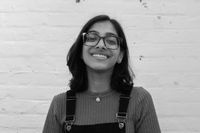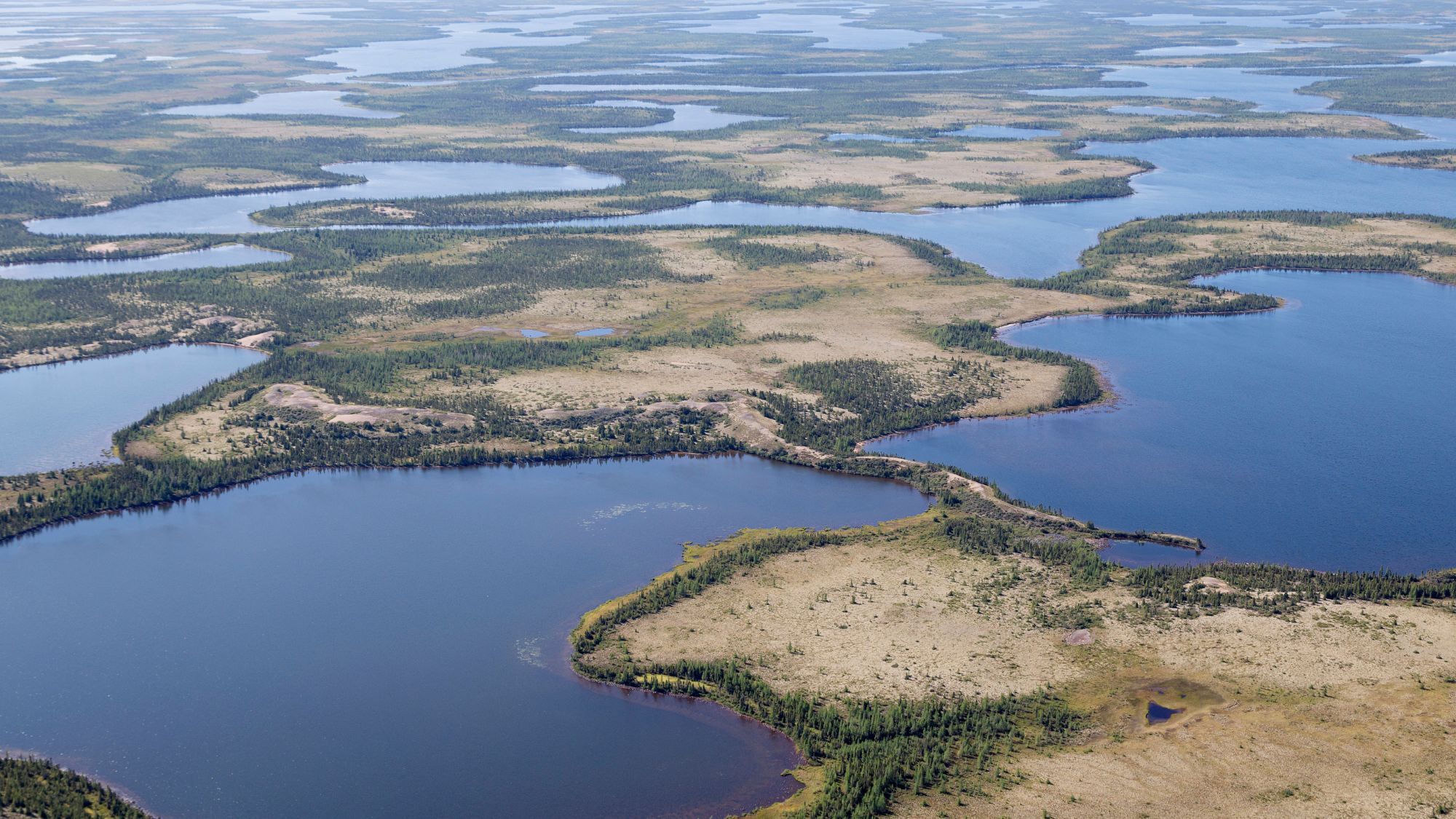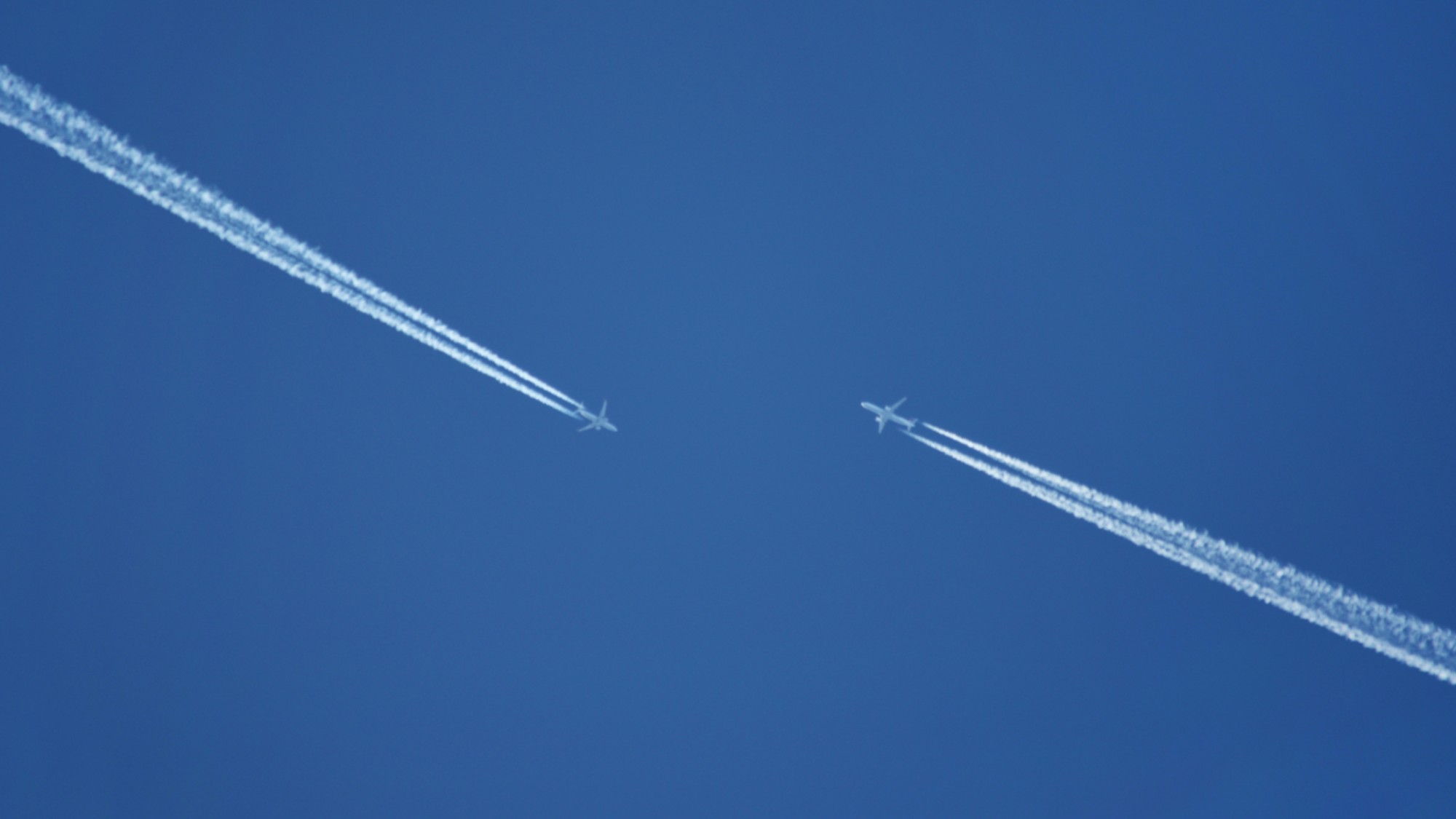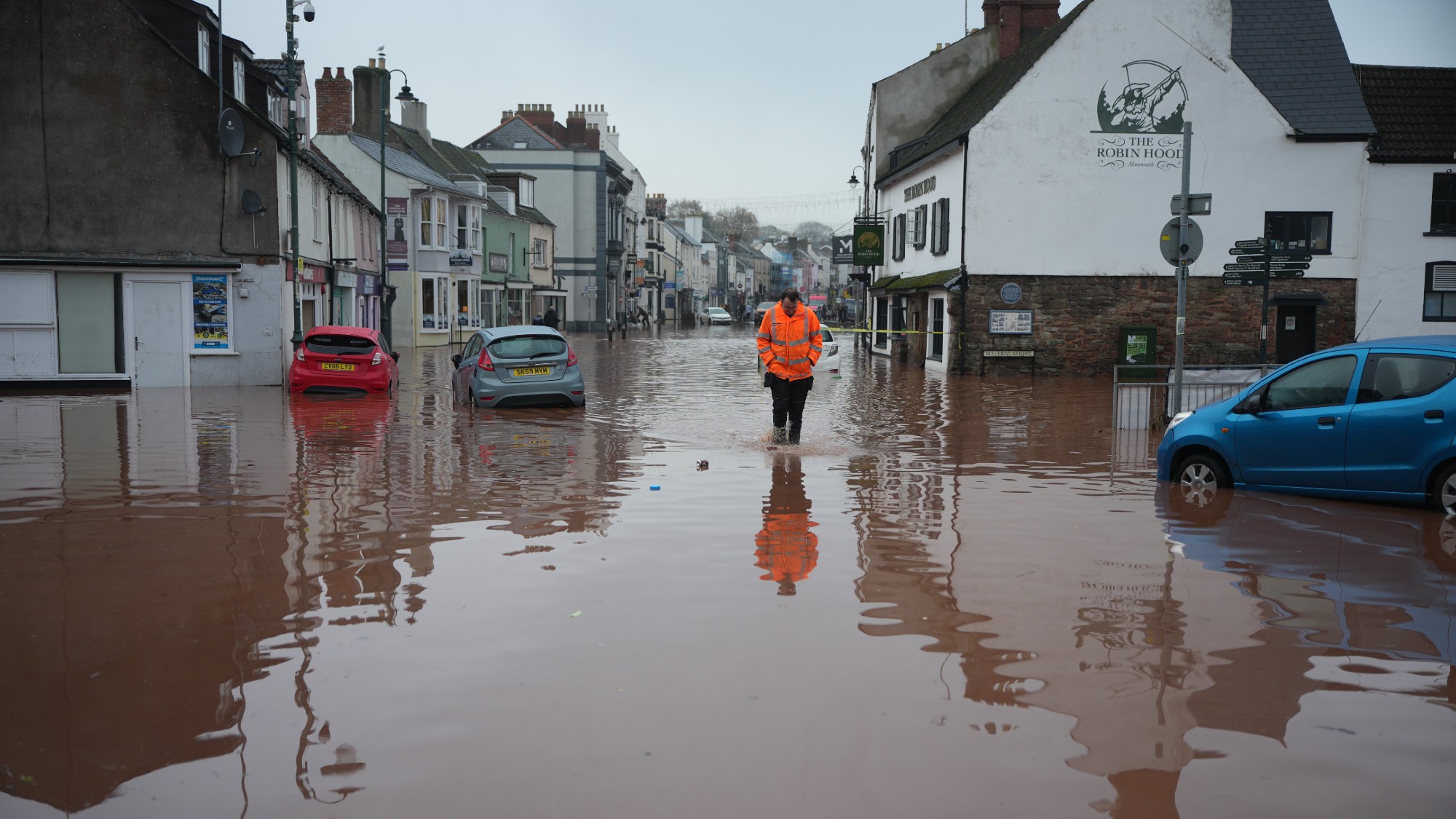Parts of California are sinking and affecting sea level
Climate change is bringing the land to the sea


The combination of human activity and climate change is causing several regions of California to sink. New data also details how vertical land motion may play a larger part in rising sea levels than previously expected. These changes are increasingly likely to put communities at risk for heavy flooding in the future.
Sinking cities
The land beneath major coastal cities in California is sinking, which will likely have an effect on sea levels, according to a study published in the journal Science Advances. The implicated areas include parts of Los Angeles, San Diego and San Francisco. "In many parts of the world, like the reclaimed ground beneath San Francisco, the land is moving down faster than the sea itself is going up," said Marin Govorcin, the lead author of the study and a remote sensing scientist at NASA's Jet Propulsion Laboratory, in a NASA statement. There were also locations of uplift, like Santa Barbara.
Vertical land motion can be attributed to "natural processes, such as the movement of tectonic plates, and human factors, like the pumping of groundwater," said Live Science. The most dramatic land sinking is happening in the Central Valley, "where the ground subsides as much as eight inches per year due to groundwater withdrawal amid drought," said Smithsonian Magazine. "In regions of the Bay Area, the land dropped by more than 0.4 inches per year as the sediment became more compact." On the flip side, Santa Barbara is rising because the groundwater in the region has been replenishing since 2018.
The Week
Escape your echo chamber. Get the facts behind the news, plus analysis from multiple perspectives.

Sign up for The Week's Free Newsletters
From our morning news briefing to a weekly Good News Newsletter, get the best of The Week delivered directly to your inbox.
From our morning news briefing to a weekly Good News Newsletter, get the best of The Week delivered directly to your inbox.
Human activity complicates the future of these regions. Processes like hydrocarbon production and groundwater extraction "increase uncertainties in the sea level projections by up to 15 inches (40 centimeters) in parts of Los Angeles and San Diego counties," said the NASA statement. "Reliable projections in these areas are challenging" due to the "unpredictable nature of human activities."
Rising concern
Sinking land occurring in tandem with the rising sea spells trouble for California. By 2050, California sea levels are expected to rise between 6 and 14.5 inches higher than year 2000 levels. This may lead to an estimated $17.9 billion worth of flood damages to residential and commercial buildings, according to a 2018 California climate assessment, with coastal communities particularly at risk. The Science Advances study also found downward motion — associated with slow-moving landslides — is physically bringing the land closer to the Pacific Ocean. Most of the sea level rise is happening as a result of climate change, which causes glaciers and ice sheets to melt.
California is not the only location where land is sinking. Separate studies have found that Chicago and New York City are gradually sinking as well. As the years progress, many coastal communities around the world are likely to be in danger if they do not implement proper methods of preparation and climate change mitigation. These findings underscore the "importance of incorporating local VLM [Vertical Land Motion] with realistic uncertainties into relative sea level projections to improve and ensure effective coastal adaptation strategies," the study said.
A free daily email with the biggest news stories of the day – and the best features from TheWeek.com
Devika Rao has worked as a staff writer at The Week since 2022, covering science, the environment, climate and business. She previously worked as a policy associate for a nonprofit organization advocating for environmental action from a business perspective.
-
 Political cartoons for December 14
Political cartoons for December 14Cartoons Sunday's political cartoons include a new White House flag, Venezuela negotiations, and more
-
 Heavenly spectacle in the wilds of Canada
Heavenly spectacle in the wilds of CanadaThe Week Recommends ‘Mind-bending’ outpost for spotting animals – and the northern lights
-
 Facial recognition: a revolution in policing
Facial recognition: a revolution in policingTalking Point All 43 police forces in England and Wales are set to be granted access, with those against calling for increasing safeguards on the technology
-
 Death toll from Southeast Asia storms tops 1,000
Death toll from Southeast Asia storms tops 1,000speed read Catastrophic floods and landslides have struck Sri Lanka, Indonesia, Thailand and Malaysia
-
 Can for-profit geoengineering put a pause on climate change?
Can for-profit geoengineering put a pause on climate change?In the Spotlight Stardust Solutions wants to dim the sun. Scientists are worried.
-
 How will climate change affect the UK?
How will climate change affect the UK?The Explainer Met Office projections show the UK getting substantially warmer and wetter – with more extreme weather events
-
 Can the UK do more on climate change?
Can the UK do more on climate change?Today's Big Question Labour has shown leadership in the face of fraying international consensus, but must show the public their green mission is ‘a net benefit, not a net cost’
-
 Did Cop30 fulfil its promise to Indigenous Brazilians?
Did Cop30 fulfil its promise to Indigenous Brazilians?Today’s Big Question Brazilian president approves 10 new protected territories, following ‘unprecedented’ Indigenous presence at conference, both as delegates and protesters
-
 Can the world adapt to climate change?
Can the world adapt to climate change?Today's Big Question As the world gets hotter, COP30 leaders consider resilience efforts
-
 Taps could run dry in drought-stricken Tehran
Taps could run dry in drought-stricken TehranUnder the Radar President warns that unless rationing eases water crisis, citizens may have to evacuate the capital
-
 The future of the Paris Agreement
The future of the Paris AgreementThe Explainer UN secretary general warns it is ‘inevitable’ the world will overshoot 1.5C target, but there is still time to change course
